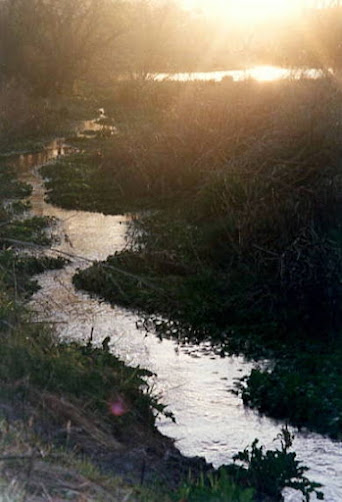What’s in a Name?
- Those who have done much of this naming were those who could make those names accepted in the scientific community because they had power, or connections to the powerful, within the colonizing forces of the world at the time. These possessive types of names also convey a sense of ownership that is not a true reflection of the relationship between humans and nature.
%20%20GNU%20Free%20Documentation%20License.jpg) | ||
| A bird known as tsiktsile·lé in the Oneida language. |
- It fails to reflect that things that seemed “new” to US and European naturalists and scientists were well known for centuries to the indigenous people of this land, who had already given them names that reflected what they looked like, how they behaved, and/or their spiritual significance to them. One example: In 2010, I purchased a bird ID guide for Gambia, to take with me on a trip to the home of our friend Foday Musa Suso. His response to the drawings inside was to tell me the age-old Mandingo name for each bird that he had learned while growing up in their midst, and to exclaim his surprise that white people had made up their own names for all of them without referencing any of their traditional names.
- Many names were given to honor people who had nothing to do with furthering knowledge about the natural world, and/or who did despicable things during their time on earth. Lincoln’s Sparrow was named after a young man on an expedition with John James Audubon who just happened to be the first in the group that successfully shot one out of the sky for him to study.
%20byAndyMorffew,Creative%20Commons%20Attribution%202.0%20Generic%20license.jpg) |
| A bird known as tsook’all in the Denaakk’e language |
Bachman’s Sparrow was named after a clergyman from South Carolina who hosted Audubon during a different expedition. The Thick-billed Longspur used to be named after an amateur birder named McGown who was also an army officer involved in forced relocation of Native Americans and then became a confederate general. A type of Slovenian beetle was named after Adolf Hitler in 1937, and then became viewed as a “must-have” by Hitler memorabilia collectors.
 |
| Tahoma |
Thankfully, many in the scientific and governmental world are waking up to recognize these types of mistakes, and to begin making some changes, such as the re-naming of the Thick-billed Longspur and of Denali, the tallest mountain in Alaska. I am hoping for the same to happen with Tahoma. A close-to-home example of a positive change is that the O’odham people are now recognized by their true name instead of the ones given long ago by Spanish colonizers.
Many are calling for changes to all things named after Audubon too, and an announcement was made during the past few weeks that the Seattle chapter of the national bird organization has removed him from their name. They did this due to the undisputed fact that he held and sold slaves, wrote against emancipation, desecrated Native American gravesites to fetch and send skulls to a colleague who used them to “prove” white supremacy, and more. Though he became an icon for his recording and rendering of bird species, in my opinion it is time to remove his name from all bird species, and to also let go of his name as a representation of the birding community as a whole.
Some may roll their eyes and say, “What’s in a name?” As a descendant of people who were kidnapped, sold into slavery, and denied their own names, and as a person who respects all world cultures, my answer is that there’s a whole lot in a name. And there’s a whole lot of good we humans can do when we take an honest look at our mistakes.
For more information on this topic, I invite you to visit:



